If you are looking wholesale lighting solutions, click here.
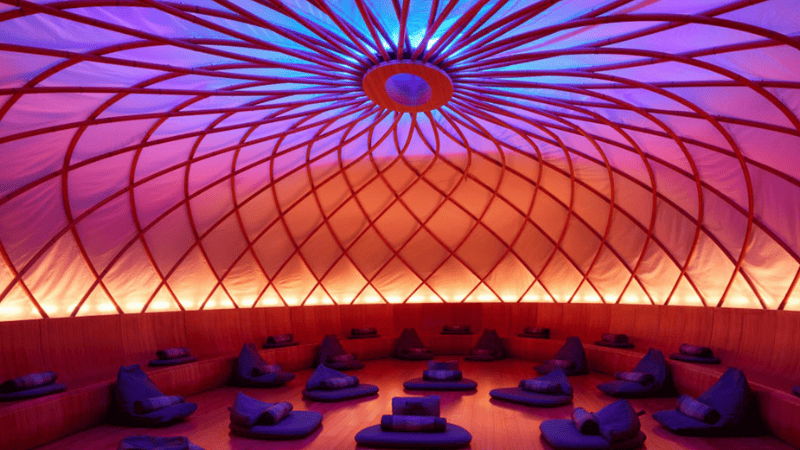
Have you ever entered a room and felt an immediate sense of awe? That’s the power of architectural lighting at work, turning ordinary spaces into extraordinary experiences.
Architectural lighting is the art of creatively using light sources, from natural light to LED bulbs, to enhance and define a space’s aesthetic.
Imagine transforming any indoor or outdoor space with just the right lighting. Architectural lighting designers do just that, using smart lighting systems and energy-efficient solutions to bring out the best in the architecture and its occupants.
Whether you’re an architect, designer, or just someone who appreciates the power of good lighting, you’ll find valuable insights into how lighting can bring a space to life.
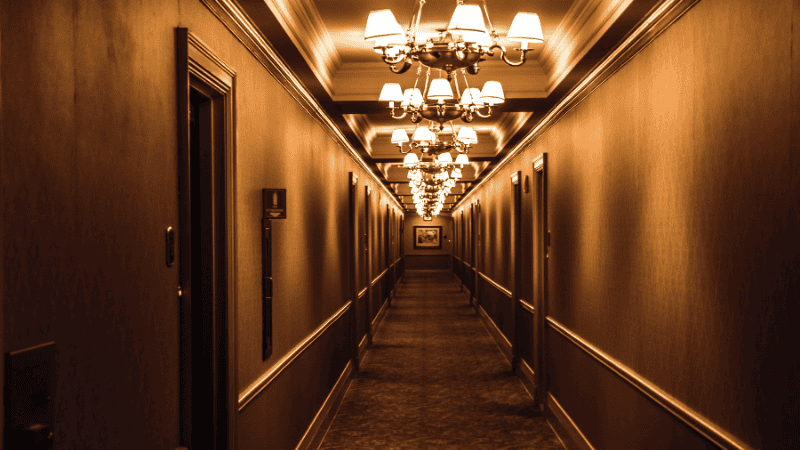
Architectural lighting is all about using light to make spaces look better and work better. It’s not just putting up lights; it’s about choosing the right light to make a place feel certain. For example, in a restaurant, the lighting should be cozy and bright enough to read the menu.
In an office, it should help people stay focused without being too harsh. Nowadays, saving energy is also important, so designers often use LED lights because they use less power, last longer, and can be brighter than old-fashioned lights.
Architectural lighting is more than just putting lights in a building. It’s a special way to make spaces look aesthetically pleasing.
A famous architect, Norman Foster, said architecture shows what we value.
Lighting helps to show this in buildings, making them tell a story. It’s not just about how things look; it’s also about making places safe and comfortable.
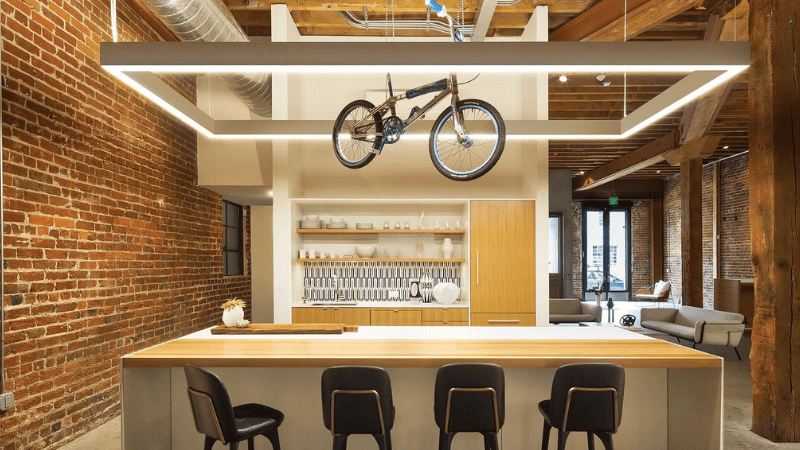
This kind of lighting makes places like shops and offices more inviting. It helps people see well and feel good in these spaces. It can create different feelings in homes, like cozy or bright, depending on what you need.
It’s also important for saving energy. Using modern lights like LEDs helps the environment and reduces electricity bills.
In short, architectural lighting is really important in how we see and feel about buildings. It’s not just about light; it’s about making spaces better for everyone.
Norman Foster believes buildings show what’s important to us, and lighting is a big part. It makes buildings not just useful but special.
Architectural lighting is a key part of how buildings are designed and experienced. It’s not just about making sure you can see; it’s about creating a certain look and feel.
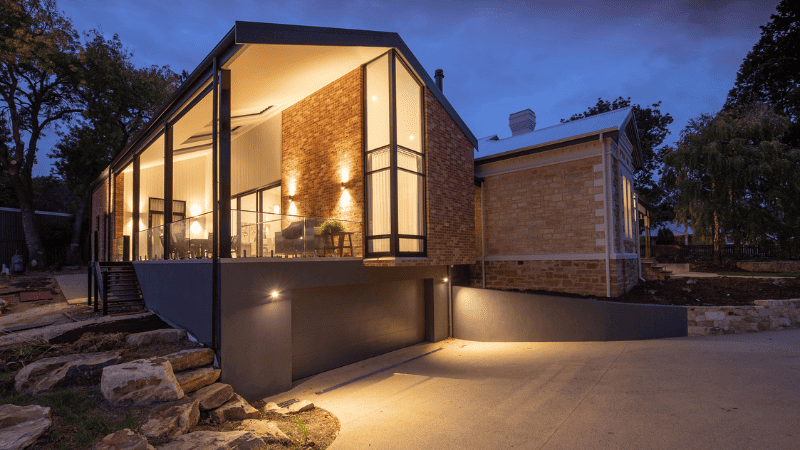
Here are three main pointers to consider with architectural lighting: aesthetics, function, and efficiency.
This is all about how lighting makes a place look. Good lighting can make a building or room more beautiful and interesting.
It’s not just about putting lights in the right places; it’s about choosing the right kind of light and ensuring it fits the space’s style and purpose.
For example, a museum needs lighting that shows off the art well, while a cozy restaurant might want a softer, warmer color temperature to create a relaxing atmosphere.
This is about how lighting helps people use a space. It must be bright enough to see clearly but not so bright that it’s uncomfortable.
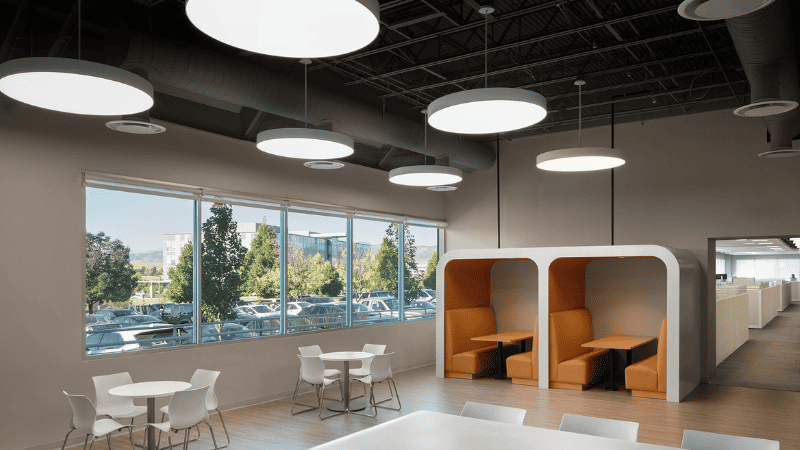
In an office, for example, you need good lighting over desks so people can work without straining their eyes. In a parking lot, you need lights that make it safe to walk and drive without creating dark spots where people might trip or feel unsafe.
This is about using energy wisely. With concerns about the environment and the cost of electricity, it’s important to use lighting that doesn’t waste energy.
LED lights are popular because they use less electricity and last longer than traditional bulbs. Efficient lighting design also means using natural light when possible and ensuring lights are only on when needed.
Architectural lighting has three common forms: accent lighting, task lighting, and general lighting. Each plays a unique role in lighting design.
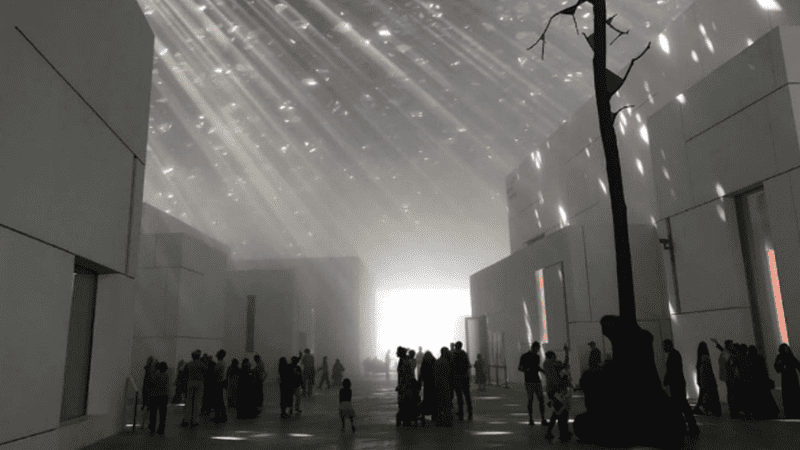
This type of lighting is all about adding style and drama to a space. It highlights specific objects or areas, like artwork, architectural features, or collections.
For example, accent lighting is a spotlight shining on a painting or sculpture in your living room. It draws your attention to that particular piece, making it stand out. In commercial spaces, accent lighting can highlight products in a store.
As the name suggests, task lighting is used to help you see better when you’re doing specific tasks. This could be reading, cooking, writing, or any activity that requires focused light.
For instance, under-cabinet lights illuminating the countertops in a kitchen are task lights. They make it easier to see what you’re chopping or mixing. Panel lights are a common task light in an office, providing clear light for reading and writing.
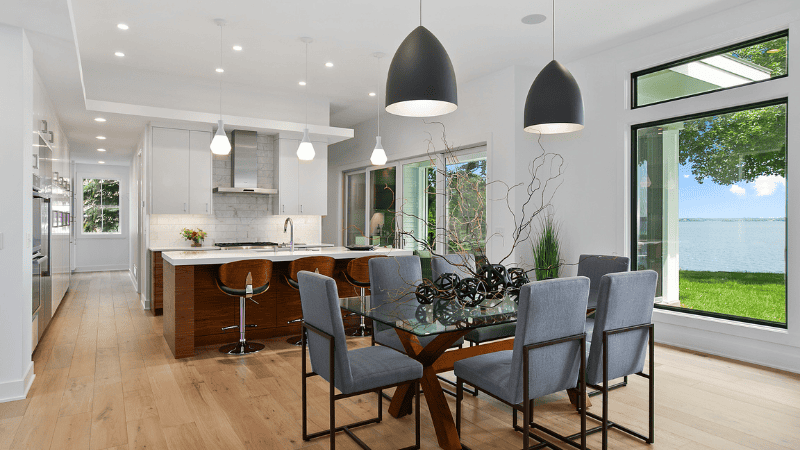
Also known as ambient lighting, this is the main light source in a space. It’s meant to provide a comfortable brightness level, allowing you to see and move around safely.
General lighting, like ceiling-mounted lights, recessed fixtures, or floor lamps, can take many forms. The overall light fills a room, ensuring it’s neither too bright nor too dark.
For example, a central ceiling or several smaller lights spread across the ceiling can provide general lighting in a living room.
Architectural lighting offers a broad range of application uses. Let’s roll over and see which option is best for your setting.
| Application Type | Description | Usage |
| Cove Lighting | Indirect lighting creates a soft glow along ceilings or walls, enhancing ambient light and architectural elements. | Ideal for mood lighting and highlighting features. |
| Uplighting | Lights are positioned on the ground, directed upwards to accentuate specific architectural features like beams or textured walls. | Focuses attention on key architectural details. |
| Linear LED Surface Lighting | Embeds sleek, energy-efficient linear LED lights into surfaces for task or accent lighting. | Common for workspace task lighting and accents. |
| Surface and Suspension Lighting | Mounted on walls/ceilings or hung over areas for direct lighting, balancing natural and artificial light. | Essential for general lighting and functional areas. |
A key aspect of architectural lighting design, cove lighting uses indirect lighting to create a soft glow, often along ceilings or upper walls.
This technique, favored by architectural lighting designers, enhances the ambient luminescence in a space, adding emotional value and a visually revealing touch to architectural elements.
Uplighting is a strategic method in lighting design to highlight architectural features.
Positioning LED lights or other light sources on the ground and directing them upwards draws attention to specific design elements like steel beams or textured walls, enhancing the building’s aesthetic and creating a focal glow in indoor and outdoor spaces.
This modern approach in architectural lighting involves embedding linear LED lights into surfaces, offering a sleek and energy-efficient solution.
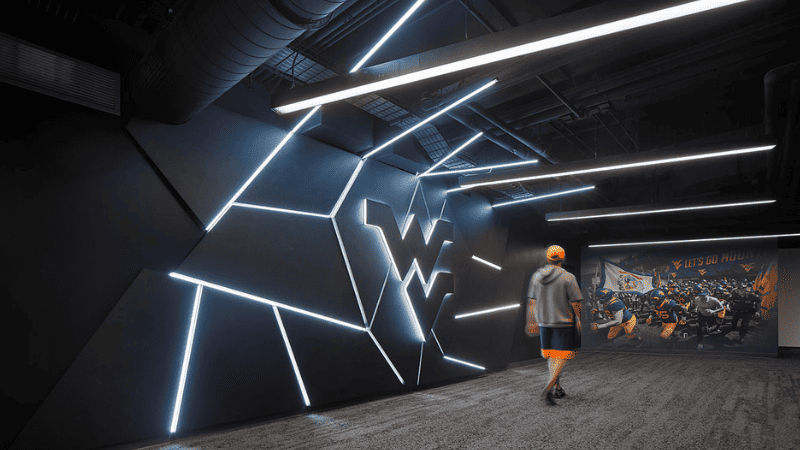
It’s a popular choice among lighting designers for task lighting in workspaces or accent lighting to underscore certain design features, contributing to the overall architectural design.
These versatile lighting fixtures are integral to architectural lighting systems. Surface lighting, mounted on walls or ceilings, and suspension lighting, hanging over areas like kitchen islands, are essential for general lighting.
They provide direct light where needed, balancing natural light and artificial lighting for a successful blend of functionality and style.
Architectural lighting is more than just putting lights in a building. It helps make spaces feel special. Different kinds of lights, like cove lighting and uplighting, change how a room looks and feels. LED lights are used a lot because they save energy and look good.
They can be put in different places, like on the ceiling or hanging over a table, to light up the room. This lighting is important because it makes places nicer and helps us see things better. It’s not just about light; it’s about making spaces better for everyone.
Elevate your environment with the magic of architectural lighting. Whether it’s a cozy corner of your home, a dynamic workspace, or a welcoming commercial area, the right lighting transforms spaces into experiences.
Step into the future of lighting with Risun‘s comprehensive One-Stop Lighting Supply Service. From innovative LED solutions to bespoke designs that fit your unique style, we’ve got you covered. And with our efficient Supply Chain Management Service, your journey to a brighter space is seamless and stress-free.
Comprehensive Lighting Solutions for MRO Wholesalers and Professionals
send your inquiry
Hi, I'm the author of this post, and I have been in this field for more than 15 years. If you want to wholesale lighting fixtures or lighting related product, feel free to ask me any questions.
Learn More >>Download our catalog to view all of our lighting products.
Ready to get started ?
Send Your InquiryOur team will get back to you promptly

please
download
Get notified about new products
Our team will get back to you promptly!
Add your first comment to this post